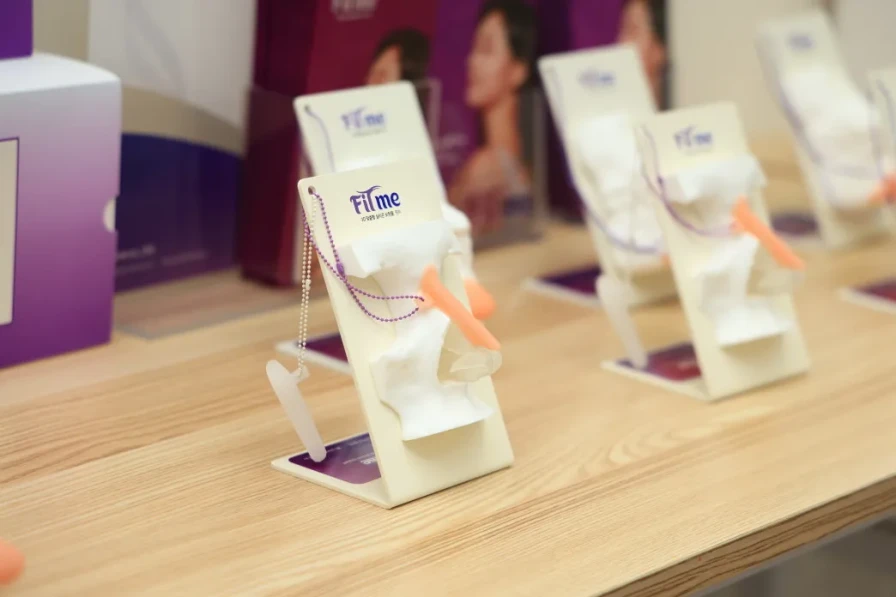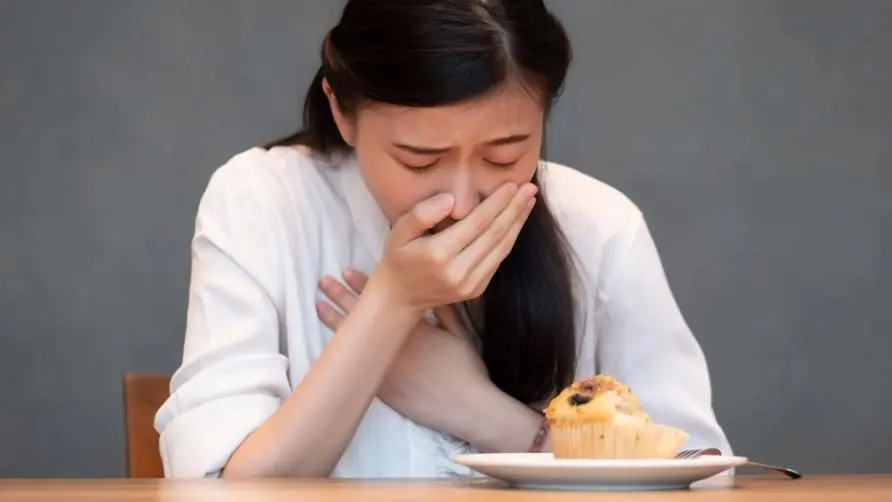She was so tired that she could hardly even climb the steps. When she was diagnosed, it turned out to be "acute blood cancer"! Medical warning: See a doctor quickly after combining the "6 major signs"

Is adult acute lymphoblastic leukemia more difficult? Five-year survival rate dropped to only 7%
Acute lymphoblastic leukemia (ALL) ranks tenth among cancer deaths among men and women in Taiwan in 2021. It is a blood cancer with high fatality and low survival rate. The initial symptoms are not typical, but the disease progresses extremely rapidly and may become life-threatening within a few weeks. It mostly occurs in children, but compared with children with cancer, the cure rate is as high as 85%. Adult patients are more difficult to treat, and the risk of recurrence is as high as 70%.
Dr. Li Qicheng, Chairman of the Taiwan Society of Blood and Marrow Transplantation and Director of the Stem Cell and Precision Medicine R&D Center of Hualien Tzu Chi Hospital, pointed out: “One of the keys to stable disease control for adult patients is allogeneic stem cell transplantation (commonly known as bone marrow transplantation), but If recurrence occurs after transplantation, the five-year survival rate may be only 7%, and it drops sharply to 3% for patients over 50 years old!”
However, Dr. Li Qicheng pointed out that fortunately, today there are a variety of drugs that patients can use without financial burden. For example, before allogeneic stem cell transplantation, immunotherapy drugs can be used to destroy cancer cells to achieve negative trace residual disease, that is, to eliminate cancer cells to the point that “cannot even be detected by advanced precision instruments”, thereby improving the prognosis of transplantation, prolonging survival and Disease control time; if unfortunately it relapses, in addition to chemotherapy, there are many different drugs to choose from, and the medical team can still buy time to save the patient’s life.
A 60-year-old woman was “abnormally tired” and mistakenly thought she was aging. A check-up revealed that she had “acute blood cancer”
Ms. Huang, a 60-year-old acute lymphoblastic leukemia patient, shared that she was usually in good physical condition and climbed 600 steps every day. However, a year ago she suddenly became tired easily, breathless, and felt increasingly uncomfortable in her waist and abdomen. It became more and more serious, and then he was transferred to the outpatient clinic of Su Boxu, the chief physician of the Department of Hematology and Oncology at Keelung Chang Gung Memorial Hospital. After blood and bone marrow examination, he was diagnosed with acute lymphoblastic leukemia.
Ms. Huang’s condition was caused by a highly malignant Philadelphia chromosome mutation. At the time, she did not expect that her symptoms, which looked like aging and fatigue, were actually caused by acute blood cancer. Less than half a year after completing chemotherapy, she was told by the doctor that the disease had recurred and that she needed to undergo more advanced treatment. Intensive chemotherapy and allogeneic stem cell transplantation. To make matters worse, the stem cells of Ms. Huang’s relatives and friends were not suitable for donation. Every transplant had to be done by chance and time spent waiting for donations and matching from kind-hearted people.
Ms. Huang then accepted Dr. Su’s suggestion to use drugs before transplantation to achieve the goal of negative trace residual disease and reduce the risk of future recurrence. What is exciting is that after completing all treatments and staying in the isolation ward for 2 months, Ms. Huang was successfully discharged from the hospital before the Lunar New Year this year. She was finally able to reunite with her daughter-in-law and son at home to celebrate the New Year.
Acute lymphocytic leukemia is not an incurable disease! Three-stage treatment is expected to achieve complete remission
Dr. Huang Tai-chung, secretary-general of the Hematology Society of Taiwan and Department of Hematology and Oncology, Department of Internal Medicine, National Taiwan University Hospital, explained that there are about 300 new cases of acute lymphoblastic leukemia in Taiwan every year, and it has been observed that the incidence rate in children is indeed higher than that in adults. However, regardless of whether adults have genetic mutations such as the Philadelphia chromosome, treatment is relatively difficult and recurrence is prone to occur.
“After a patient becomes ill, the lymphatic system and bone marrow will produce excessive and immature lymphocytes. These numerous and useless lymphocytes will compress the production space of normal blood cells and lymphocytes, thereby impacting body functions!” Dr. Huang Tai, a Chinese medicine practitioner, pointed out, Acute lymphocytic leukemia may deteriorate very quickly after onset. There was a case in which a health checkup a few days ago confirmed that blood cell indicators were normal, but unexpectedly there were signs of the disease when the patient went to the hospital.
“Acute lymphocytic leukemia is by no means an incurable disease. The current treatment is divided into three stages: the first stage is the induction period, which is mainly based on high-dose chemotherapy. Targeted drugs will be added depending on whether the gene mutation is present, and the cancer cells will be annihilated to 5 % or less, the goal is to achieve complete remission; the second phase is the consolidation phase, which aims to kill the remaining cancer cells; the third phase is to avoid recurrence through low-dose drugs!”
Dr. Huang Tai, a Chinese medicine practitioner, added that patients with high-risk relapse, refractory or relapse types are recommended to undergo allogeneic stem cell transplantation, which has a better chance of long-term stable disease control. It is worth mentioning that although most patients achieve complete remission after first-line treatment, half may relapse within 3 years. Therefore, in the treatment of acute lymphoblastic leukemia, the treatment goal is not only to achieve complete remission in the traditional sense, but also to achieve negative trace residual disease to reduce the risk of recurrence and prolong survival time.
Allogeneic stem cell transplantation is time-consuming and arduous, and treatment to achieve “negative minimal residual disease” strives for a better prognosis.
“As long as there are genetic mutations such as the Philadelphia chromosome, allogeneic stem cell transplantation is recommended. In addition, if relapse occurs or you belong to a high-risk group, transplantation is also necessary!” Dr. Guo Mingzong, director of the Department of Hematology at Linkou Chang Gung Memorial Hospital, explained that although allogeneic stem cell transplantation It is very important, but for doctors and patients, it is a challenging and long-term “big project”.
Dr. Guo Mingzong said that before allogeneic stem cell transplantation, cancer cells must be destroyed through high-dose chemotherapy before the allogeneic stem cells can be transplanted. After transplantation, patients also need to be admitted to an isolation ward to avoid infection. In order not to let their hard work go to waste, doctors often try their best to help patients achieve negative trace residual disease before transplantation, striving for longer survival time and more stable disease control.
Dr. Guo Mingzong pointed out that today there are a variety of treatment methods, and health insurance has conditional payment for related treatments. It has the opportunity to help patients with various needs at different disease stages, strive for more stable disease control, and reduce the risk of recurrence. For example, before allogeneic stem cell transplantation, in addition to high-dose chemotherapy, immunotherapy drugs can also be used to strive for a higher probability of achieving the goal of negative trace residual disease, which is expected to improve the results after transplantation.
A variety of treatments help beat the haze of cancer. Doctors call on patients: patients should keep track of follow-up visits
Dr. Su Boxu reminded that in addition to actively following medical advice and adopting regular treatment, it is also important to maintain good daily care. Patients after allogeneic stem cell transplantation need to take anti-rejection drugs regularly and often have poor immunity. They should avoid drinking raw water and eating uncooked food. It is also recommended to wear a mask when going out. In addition, once the disease is stabilized and under control, do not take it lightly. You should follow the doctor’s instructions for regular follow-up visits to conduct blood, bone marrow and trace residual disease examinations to facilitate timely control of early relapse and avoid failure of past treatment efforts.
Dr. Li Qicheng reminds that once symptoms such as paleness, weakness, infection, fever, bruising, bleeding, bone pain or lymph node swelling occur inexplicably, do not directly dismiss it as aging or fatigue. Be sure to observe carefully. If the symptoms persist for more than 1 week, If you see improvement or worsening, you must get checked in time; if you are diagnosed, there is no need to worry. Currently, health insurance covers a variety of drugs. As long as you actively cooperate with your doctor, you have a chance to escape the haze of acute lymphoblastic leukemia and regain the control of your life.
Further reading:





